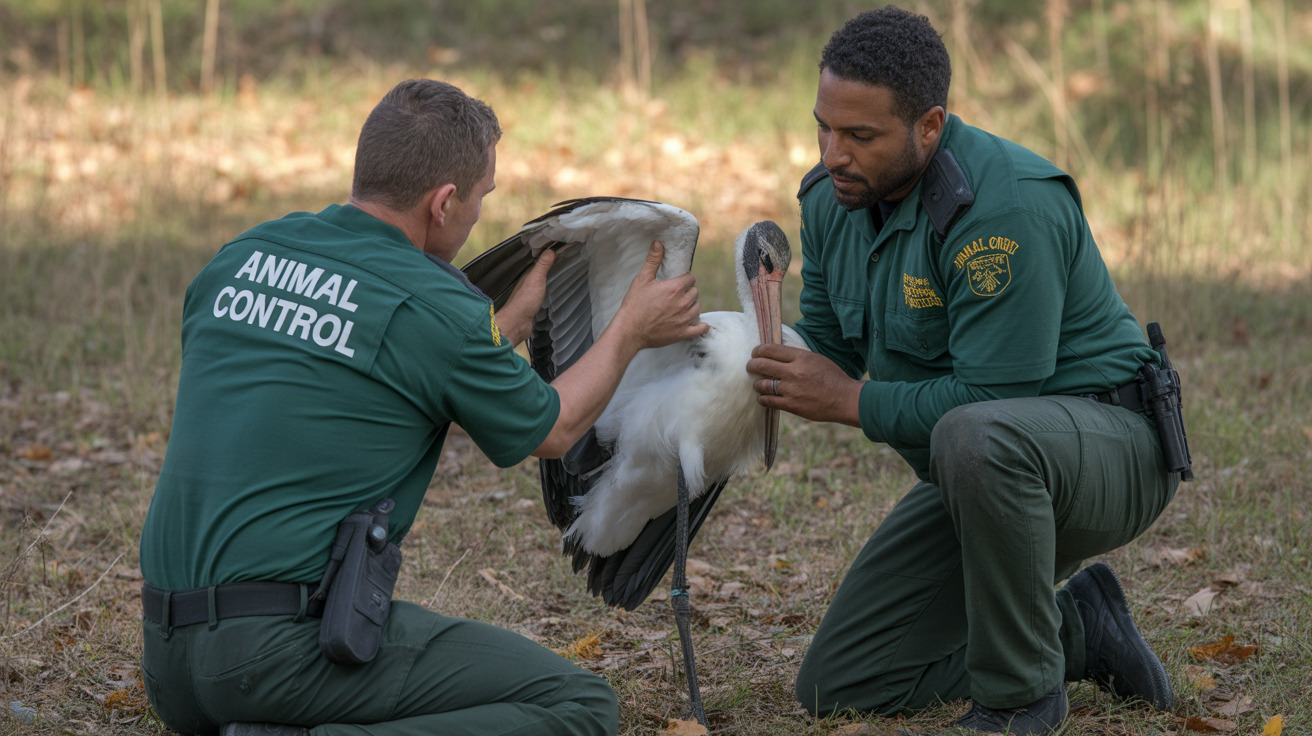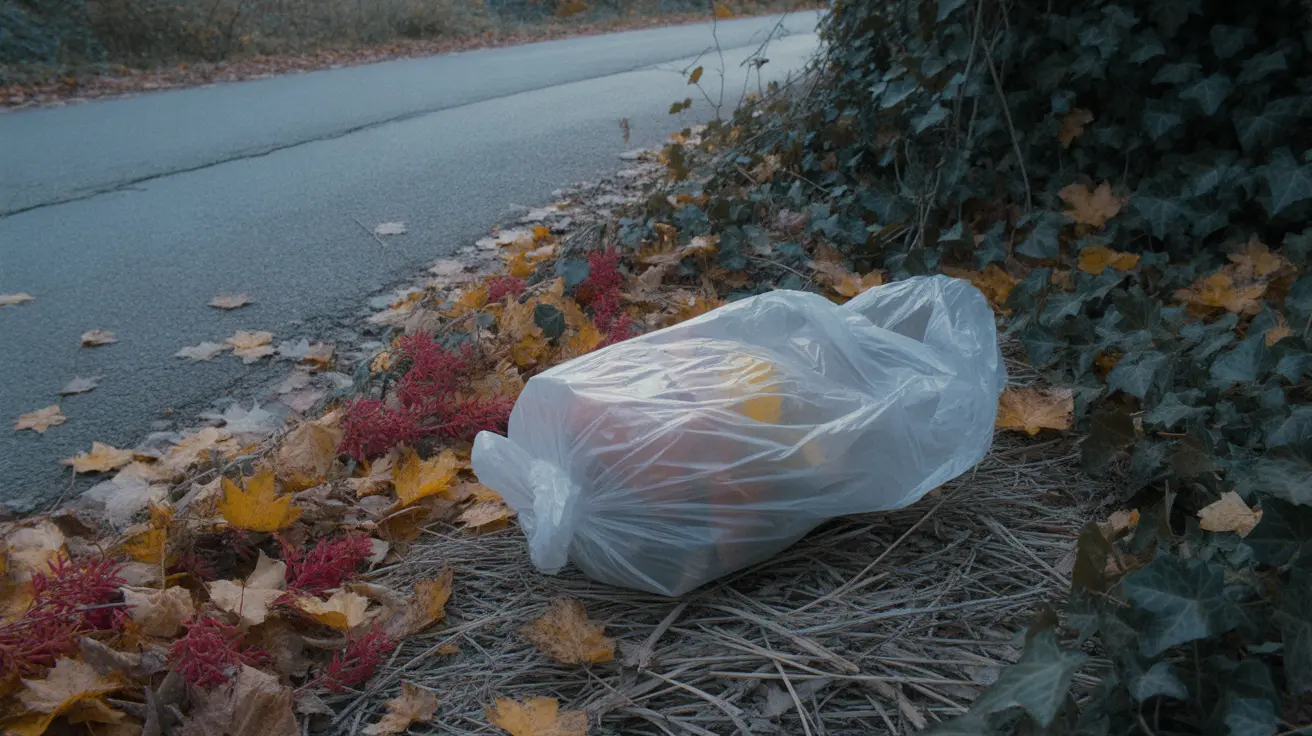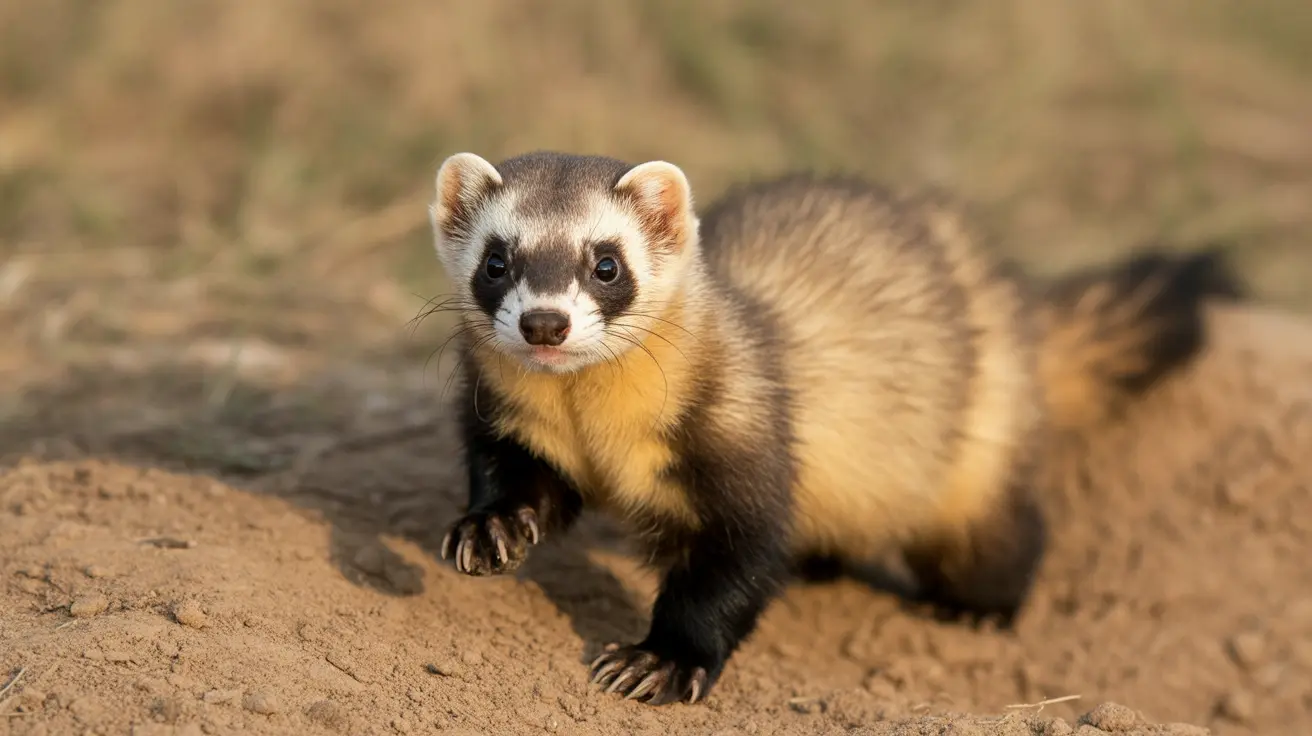A threatened wood stork received a second chance at life thanks to the swift response of Polk County Animal Control officers who rescued the distressed bird from a potentially fatal fishing gear entanglement. The incident highlights ongoing wood stork conservation challenges and the importance of proper fishing gear disposal in protecting Florida's vital wildlife.
The rescue operation, which took place on Tuesday, involved a wood stork whose legs had become tangled in both fishing line and a lure, demonstrating the real-world impacts of human activity on these protected birds. This event serves as a reminder of the continuing threats facing wood storks, even as conservation efforts have helped improve their population status in recent years.
Understanding Wood Stork Habitat and Threats
Wood storks play a crucial role in wetland ecosystems throughout Florida, particularly in areas like the Everglades where restoration efforts continue to support their recovery. These distinctive wading birds require specific habitat conditions to thrive, including healthy wetlands with appropriate water levels for successful feeding and nesting.
Impact of Fishing Gear Entanglement
The recent rescue highlights one of the most preventable threats to these birds - fishing gear entanglement. When fishing lines and lures are improperly disposed of, they can create hazardous conditions for various wildlife species, including threatened birds like wood storks.
Wildlife Rescue and Conservation Efforts in Florida
Polk County's wildlife rescue response demonstrates the ongoing commitment to wood stork protection at the local level. Conservation efforts throughout Florida have contributed to significant improvements in wood stork population trends, leading to their downlisting from endangered to threatened status under the U.S. Endangered Species Act in 2014.
Tips for Supporting Wood Stork Conservation
- Properly dispose of fishing gear and other potential entanglement hazards
- Report injured or distressed wildlife to local animal control authorities
- Support wetland preservation initiatives
- Learn to identify and maintain appropriate distances from nesting areas
Role in Wetland Ecosystems
Wood storks serve as important indicators of wetland ecosystem health. Their presence or absence can signal changes in habitat quality and water conditions, making them valuable markers for conservation success. The species' recovery plan continues to guide protection efforts while balancing human activities with wildlife needs.
Frequently Asked Questions
What is the current conservation status of the wood stork?
Wood storks are currently listed as threatened under the U.S. Endangered Species Act, having been downlisted from endangered in 2014. Globally, they are classified as "least concern" by the IUCN.
Why are wood storks important in their ecosystems?
Wood storks are indicators of healthy wetland ecosystems. Their presence reflects the overall health of these environments, which are crucial for many species.
How can I help protect wood storks?
You can help by supporting conservation efforts, such as habitat restoration projects, and reporting incidents of entanglement or habitat disturbance to local wildlife authorities.
Looking Forward
This successful rescue operation in Polk County represents the ongoing dedication of wildlife professionals to wood stork conservation. While the species has made significant progress toward recovery, continued vigilance and community support remain essential for ensuring their long-term survival in Florida's wetlands.
The incident serves as a reminder that individual actions, such as proper fishing gear disposal and support for habitat preservation, can make a meaningful difference in protecting these remarkable birds for future generations. Through combined efforts of wildlife authorities, conservation organizations, and informed citizens, wood storks can continue their path to recovery while maintaining their crucial role in Florida's diverse ecosystem.





